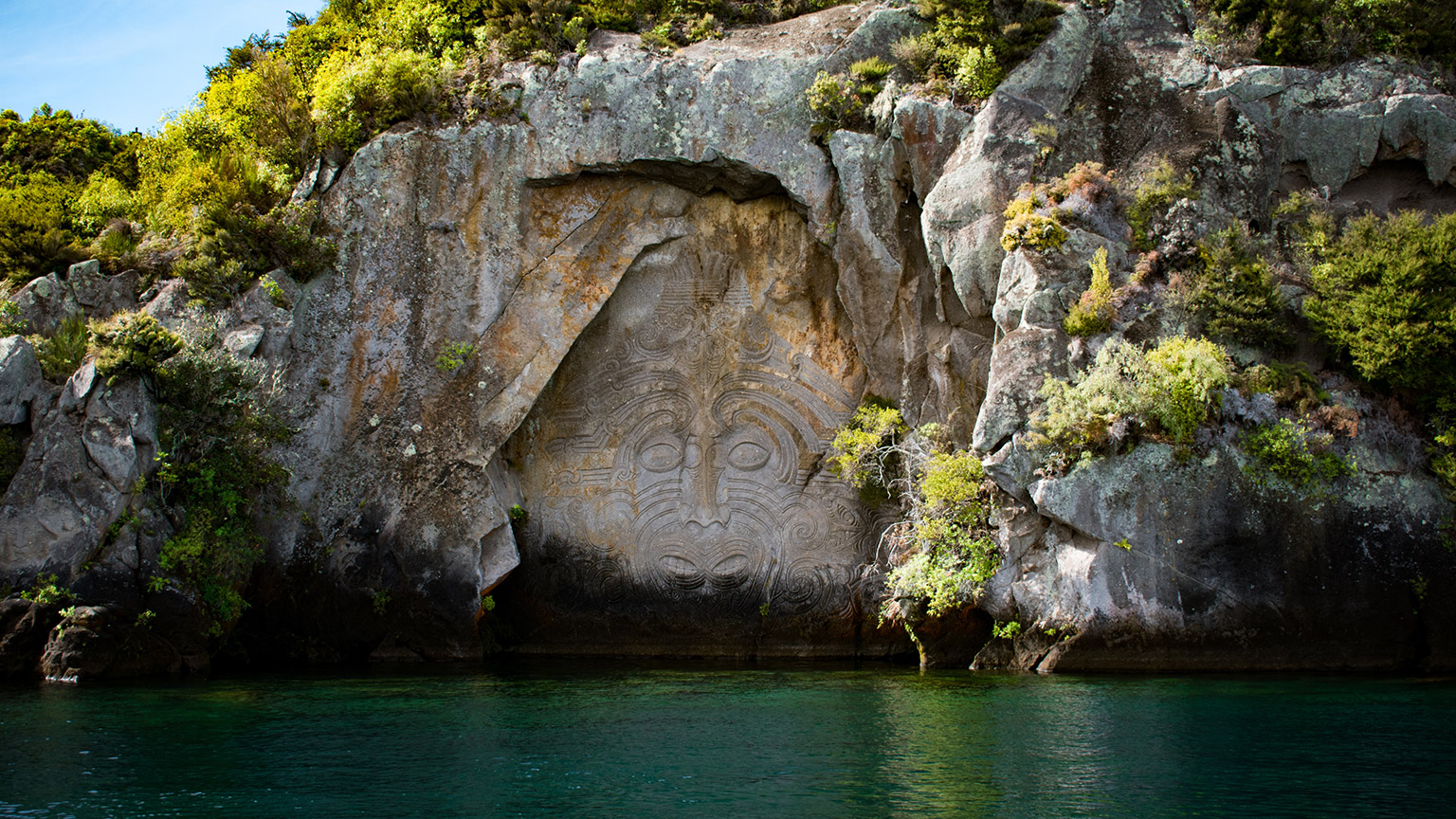The healthcare system in Aotearoa New Zealand is not achieving as much for Māori as compared to non-Māori. There are disparities between Māori health and wellbeing and other groups, and the government is committed to making the health system work for all New Zealanders. Improving the health status of Māori and reducing inequality in health care outcomes is a key priority for Manatu Hauora (Ministry of Health). This will be achieved by placing whānau at the heart of the system, embedding Te Tiriti o Waitangi principles and obligations across the health sector and implementing a Māori health improvement plan.
Before Europeans arrived in New Zealand, Māori communities maintained the well-being of their people through a complex system of tapu (sacred/forbidden/restricted) and noa (free from tapu/unrestricted). These concepts formed the basis of law, and order and safe and unsafe practices.
The Māori worldview
Garth Harmsworth (Te Arawa, Ngāti Tūwharetoa, Ngāti Raukawa, Tuhourangi) describes the Māori worldview:
- A natural order to the universe, overarching principle of balance.
- Whakapapa (central thread).
- Holistic – inter-relationship of all living things to each other (interconnection between all parts).
- Kete o te wānanga – the three baskets of knowledge by Tāne (kete aronui, kete tuauri, kete tuatea).
- Tikanga (custom, protocols, values).
- Mātauranga Māori, Māori values, Māori issues.
- Traditional concepts and values integral (e.g., whakapapa, mauri, taonga tuku iho, kaitiakitanga, whānaungatanga, manaakitanga, rangatiratanga, mana whenua, mana moana, wairua, tapu, etc.).
- Māori well-being is linked to the health of the environment.
Māori perspectives now:
- Mix of traditional and modern (giving a distinct worldview – spiritual and physical; tangible vs intangible).
- Issues often revolve around cultural, social, economic, environmental, and political values and dimensions.
- Humans are inter-connected to land, water, air, forests – an integral part of ecosystems (whakapapa).
- Human health and well-being are significant (ecosystems support life).
- Holistic, need to understand whole systems, the big picture, and processes, not just one part or one component.
- Indigenous knowledge, frameworks, methods, and integrated philosophy necessary.
- Important to consider – cause and effect, cumulative effects, temporal and spatial change.
(Ref: Respecting Māori world views)
The Māori worldview considers everything living and non-living to be interconnected.
Watch: Seasick: Episode 5 - Te Ao Māori, the Māori World View (23.33 Minutes)
This video concerns threats to the Hauraki Gulf and attempts to preserve its treasures. It provides information on te ao Māori and the interconnectedness of all living and non-living things.
While watching, make notes about aspects of te ao Māori to help you complete the activity that follows.
Reflection
Click on the following link to display a page from the Te Puni Kōkori (Ministry of Māori Development) website.
This webpage houses an article by Sir Mason Durie titled Pūmau Tonu te Mauri, Living as Māori, now and in the future. Click on the link to download the complete publication.
While reading, reflect on how Māori wellness can be enhanced by implementing the ten pathways to ao Māori.
You learnt about two Māori health models earlier in the course.
- Te Wheke
- Te Whare Tapu Whā
Review the models again, considering them with reference to the Māori world view.
Te Wheke
Te Whare Tapu Whā
Reflection
Reflect on how the four dimensions of hauroa depicted in Te Whare Tapu Wha influence the support sector.
Te Pae Māhutonga
Te Pae Māhutonga (Southern Cross Star Constellation) was developed by Mason Durie to represent the elements of modern health promotion.
The following content is adapted from Te Pae Māhutonga: A Model for Māori Health Promotion.
The four central stars are used to represent the four key tasks of health promotion and are named accordingly to reflect particular goals of health promotion:
- Mauriora - cultural identity
- Waiora – physical environment
- Toiora – healthy lifestyles
- Te Oranga – participation in society
The two pointers are:
- Ngā Manukura - leadership
- Te Mana Whakahaere - autonomy
When this model was developed, Mason Durie identified challenges that needed to be addressed for Māori health promotion. Click on each heading below to display information on these challenges.
- access to language and knowledge
- access to culture and cultural institutions such as marae
- access to Māori economic resources such as land, forests, fisheries
- access to social resources such as whānau, Māori services, networks
- access to societal domains where being Māori is facilitated, not hindered
- water free from pollutants
- clean air
- earth abundant in vegetation
- healthy noise levels
- opportunities to experience the natural environment
- harm minimisation
- targeted interventions
- risk management
- cultural relevance
- positive development
- participation in the economy
- participation in education
- participation in employment
- participation in the knowledge society
- participation in decision making
- community leadership
- health leadership
- tribal leadership
- communication
- alliances between leaders and groups
- control
- recognition of group aspirations
- relevant processes
- sensible measures and indicators
- the capacity for self-governance
Activity
Complete the following quiz to test your knowledge of Māori health models.
Watch: Māori systems of thinking (21.29 Minutes)
The Ōhanga Āmiomio – Circular Economy Pacific Summit 2019 was held in Rotorua. This event brought together speakers and storytellers to explore the transition of the global economy from today’s wasteful, take-make-dispose model to one based on continual cycles of regeneration. It asked how indigenous knowledge can inform and guide us in this shift towards a global circular economy.
Reflection
While watching this video, reflect on how the speaker describes her relationship with the natural world. Are there any principles discussed in the video that could apply to your role as a support worker?
